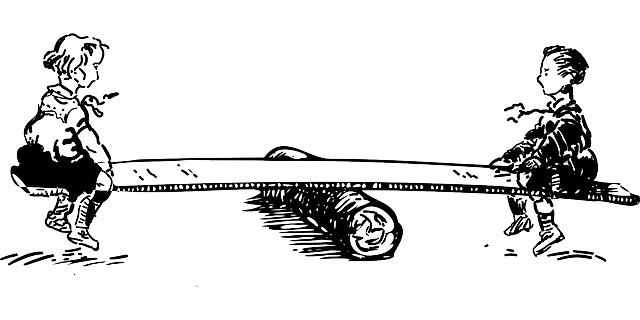Your Character’s Most Important Mystery Trait

What Goes First in Your Character Bible?
Every author starts the background for a character in a different way. In an online community, I recently asked the question, What’s the First Thing You Add to Your Character Background? The answers were broad. Here’s a sampling:
- Their moral compass—sets up the odds
- The main ‘asshole aspect’ because all my characters are jerks
- All mine are idiots in love. I would die for the MCs of my last one.
- Some variation on their goal. Either what they want long-term, or what they’re trying to achieve in the short term.
- Physical description first. I am super visual.
- The answer to “Why are you like this?” The fine details tend to sprout from this garden.
- I nearly always start with a name. Gotta know what to call them when I’m “talking” about them.
- What inner burden are they carrying that’s informing their decision-making ability.
- I’m drawn to the wounds, crosses, or burdens we all secretly carry. I suspect I’m searching for ways to sympathize with them. Then crucify them.
- Personality and career traits
That’s just a sampling.
However you start, there’s one main character quality each character needs in a mystery.
How Does Your Character Support the Mystery Goal?
Every mystery has the same goal. Your protagonist sleuth is searching for truth. That truth is to discover the villain.
Creating characters is a fun activity. You want your story to come alive with rich personalities to keep your reader engaged. You work on those personality traits in your character background. You may have supporting roles like a sidekick, mentor, love interest, opponent.
And you will have intriguing suspects, including the villain, who all had a relationship with the victim.
Beginning writers may create so many characters the reader gets lost trying to remember who is who as they read.
One of the best ways to keep your character creation under control is to know how each character supports the mystery goal—the villain reveal, the truth uncovered.
Mystery Goal Character Elements
Basically, each character either supports or hinders your sleuth’s search for the truth.
As you set up your character categories, think how each character either helps your sleuth along or hinders the search.
For example:
- Sidekick – help
- Love interest – hinder
- Opponent – hinder
- Suspect 1 – help
- Suspect 2 – hinder
Those are broad categories. Major supporting characters may do both. The sidekick mainly helps your sleuth, but personality differences or a character trait may hinder your sleuth.
So you may want to add some detail about how the character helps or hinders. Adding these details will help you better understand the character’s role in solving the mystery.
The Most Important Mystery Character Trait
When you keep the help/hinder character trait in mind, you’ll know how your character will act in each scene.
Keep the overall mystery goal in mind because suspects have secrets and lies to tell as they try to hide the secrets. These are great opportunities for misdirection. You have the opportunity to hinder in a scene, while the character’s story goal is to help.
Our goal as mystery writers is to keep the reader guessing. Playing with each character’s mystery goal is part of the joy of writing a mystery.
Photo by Eye for Ebony on Unsplash




